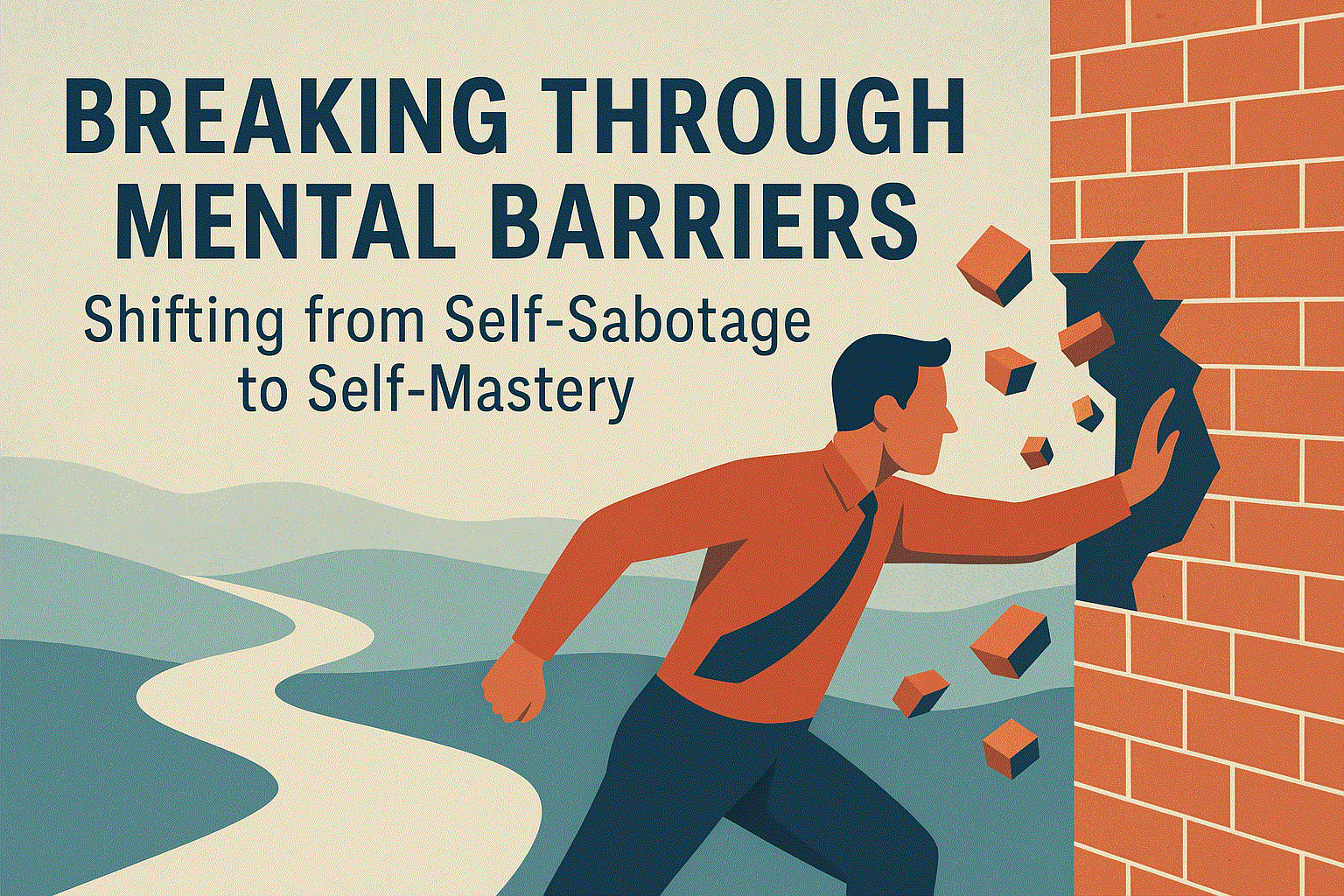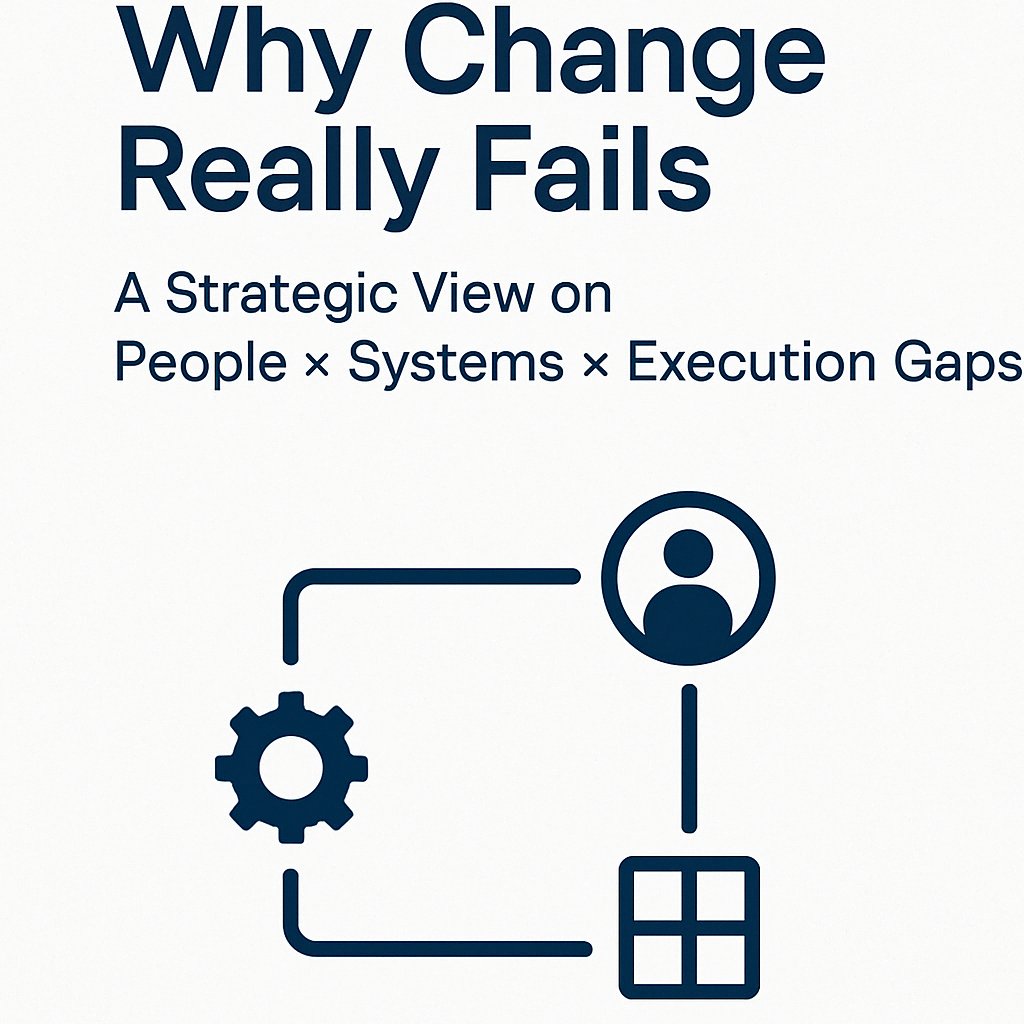Apr04

We live in an era of information overload. Videos, ads, notifications—all fighting for milliseconds of our attention. In this saturated environment, immersive experiences are emerging not as a gimmick or futuristic promise, but as something much more powerful:
A strategic tool.
A new way to design value.
When people hear about Virtual Reality (VR), Augmented Reality (AR), or Mixed Reality (MR), they often think of video games or flashy visuals. But the real revolution happens when immersive technologies are embedded into everyday processes, products, and services.
It’s no longer just about impressing users.
It’s about solving problems.
Over 70% of U.S. medical schools now use VR for education, allowing students to perform procedures in simulated environments—boosting confidence and reducing errors without risking patient safety.
Source: GlobeNewswire, 2024
Investment in AR/VR for industrial maintenance hit $4.1 billion in 2024, driven by tools that let technicians get remote, real-time guidance—cutting downtime and improving accuracy.
Source: Infraspeak Maintenance Report, 2024
The AR in retail market is projected to grow from $4.2 billion in 2024 to $62.3 billion by 2033, powered by experiences like IKEA and Sephora’s virtual try-ons, helping customers preview products in real-life contexts.
Source: Custom Market Insights, 2024
Traditional KPIs like ROI or CTR don’t always capture the full value of immersive experiences. Now, success is also measured by:
Time spent in the experience
Interaction with key features
Emotional recall
User-generated content
These metrics point to something deeper: emotional resonance and long-term loyalty.
Not at all.
But it will complement them in powerful ways.
The companies winning with immersive tech aren’t just the most digital—they’re the most human. Because at its core, immersive technology isn’t about headsets or holograms.
It’s about connecting with people in ways that weren’t possible before.
By Andres Leon
Keywords: AR/VR, Innovation, Metaverse
 Friday’s Change Reflection Quote - Leadership of Change -Leaders Enable Peaceful Dispute Resolution
Friday’s Change Reflection Quote - Leadership of Change -Leaders Enable Peaceful Dispute Resolution The Corix Partners Friday Reading List - April 18, 2025
The Corix Partners Friday Reading List - April 18, 2025 Breaking Through Mental Barriers: Shifting from Self-Sabotage to Self-Mastery
Breaking Through Mental Barriers: Shifting from Self-Sabotage to Self-Mastery Why Change Really Fails: A Strategic View on People × Systems × Execution Gaps
Why Change Really Fails: A Strategic View on People × Systems × Execution Gaps Beyond the Buzz: What It Really Takes to Build a Business Ecosystem
Beyond the Buzz: What It Really Takes to Build a Business Ecosystem